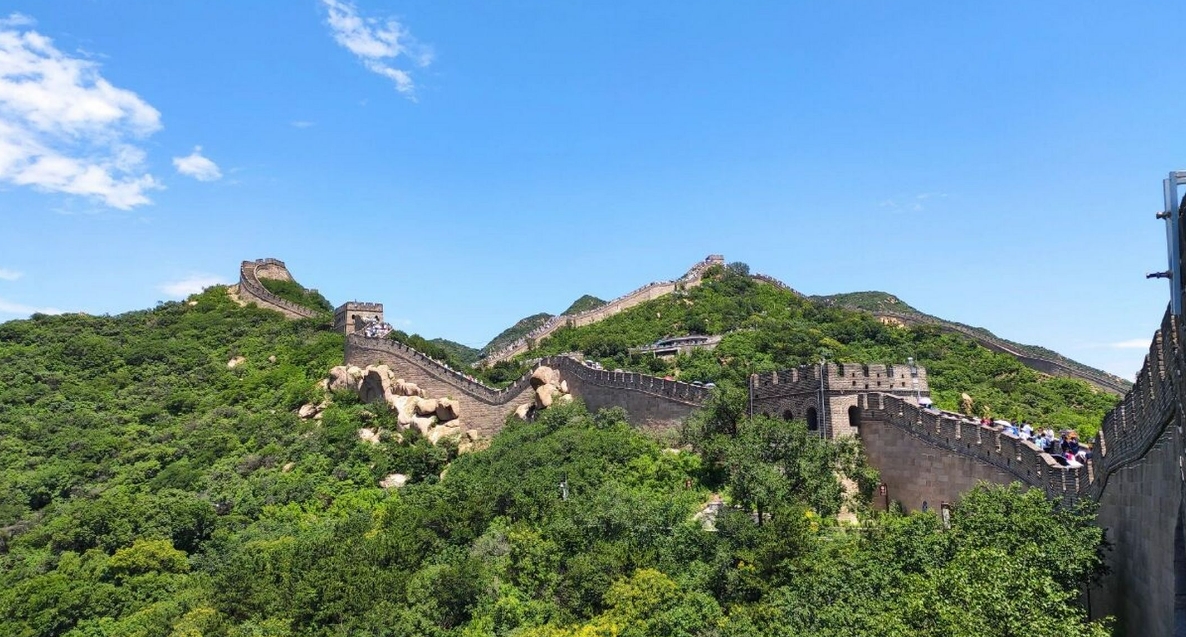
The Great Wall of China: A Fortification Spanning Millennia
The Great Wall of China, a colossal dragon winding across the landscape, embodies millennia of Chinese history and culture. This architectural marvel wasn't built in a day but evolved over numerous dynasties, forged by the sweat, blood, and ingenuity of countless laborers. Historians generally trace the earliest construction of the Great Wall back to the Spring and Autumn and Warring States periods (770 BC - 221 BC), marking its existence for almost three thousand years.
The Spring and Autumn and Warring States Periods: Feudal Lords and the Genesis of the Wall
From the 8th to the 3rd century BC, China witnessed a period of fragmentation known as the Spring and Autumn and Warring States periods. The once powerful Zhou dynasty declined, leading to the rise of competing feudal states locked in a constant struggle for land and resources. To protect themselves from invaders, these states erected defensive barriers, laying the foundation for what would become the Great Wall.
- Defense as the Primary Objective: These early walls were primarily built to thwart attacks from neighboring states, not to resist nomadic tribes from the north.
- Rudimentary Construction: Technological limitations meant these early walls were primarily constructed from rammed earth, stones, and timber. Their smaller size offered limited defensive capabilities.
- Disunity and Lack of Coordination: Each state built its own walls without any unified plan or standard, resulting in a fragmented and less effective defense system.
Although these early walls were a far cry from the majestic Great Wall we know today, they established the fundamental form and function of this iconic structure, providing valuable lessons for future construction.
The Qin Dynasty: Unification and the Emergence of a Unified Wall
In 221 BC, Emperor Qin Shi Huang unified the warring states, establishing the first centralized feudal dynasty in Chinese history. To solidify his rule and defend against incursions by the Xiongnu from the north, he ordered the connection and expansion of the existing walls built by the previous states. This monumental undertaking resulted in the first unified Great Wall, stretching from Lintao in the west to Liaodong in the east.
- Unprecedented Scale and Integration: The Qin Great Wall connected the previously disjointed walls into a continuous defense line stretching for thousands of miles, a feat of engineering unparalleled at the time.
- Advanced Construction Techniques: The Qin Dynasty employed more durable materials like bricks and rammed earth, utilizing advanced techniques like the "herringbone" pattern for layered rammed earth. This significantly enhanced the wall's defensive strength.
- Comprehensive Defense System: The Qin Great Wall wasn't merely a wall but a complex system incorporating watchtowers, passes, and fortresses, forming a complete and formidable defense system.
The construction of the Qin Great Wall marked a significant advancement in ancient Chinese defense and laid the foundation for the Great Wall's future iterations.
Conclusion
The Great Wall stands as a testament to the ingenuity and resilience of the Chinese people, a silent witness to the rise and fall of dynasties and the ebb and flow of Chinese history. From its origins in the chaotic Warring States period to its consolidation under the mighty Qin Dynasty, the Great Wall has always been inextricably linked to national security and social development. Understanding the origins of the Great Wall allows us to grasp its profound historical and cultural significance and appreciate its enduring legacy as a cornerstone of Chinese civilization.
Q&A
Q1: When was the Great Wall first built?
A1: The earliest sections of the Great Wall were built during the Spring and Autumn and Warring States periods, which lasted from 770 BC to 221 BC.
Q2: Why was the Great Wall built?
A2: The Great Wall was primarily built as a defensive structure to protect Chinese states and later, a unified China, from invasions, particularly from nomadic tribes to the north. It served as a physical barrier and a means to control trade and movement along the border.
Q3: How did the Great Wall change over time?
A3: The Great Wall evolved significantly over time. It began as a series of disjointed walls built by different states and was later unified and expanded during the Qin dynasty. Subsequent dynasties made their own additions and modifications, using increasingly sophisticated construction techniques and materials.